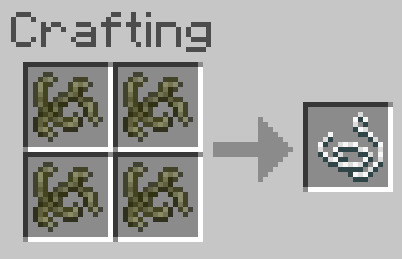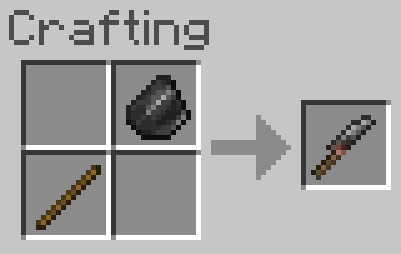Getting Started
UtilityCraft transforms early survival into a smoother, more rewarding experience.
This guide walks you through the first steps — from collecting pebbles to setting up your first sieve.
Starting Out
Every journey in UtilityCraft begins with your first hammer, the tool that transforms the world around you.
At the beginning, you won’t be able to mine stone directly.
Instead, you’ll need to craft a Wooden Hammer (or a Stone one if you already advanced a bit) and use it in a clever way.
To get your first resources, sneak and interact (right-click or long-press) on Dirt or Grass Blocks while holding your hammer.
Each interaction will drop small fragments called Pebbles, which represent different kinds of base materials.
These can include:
- Dirt Pebbles
- Gravel Pebbles
- Stone Pebbles
- Andesite, Granite, and Diorite Pebbles
- And occasionally Bone Meal, which helps accelerate your early growth
Once you collect enough Pebbles, combine 4 of the same type in a crafting grid to make Cobblestone, your first renewable building block.
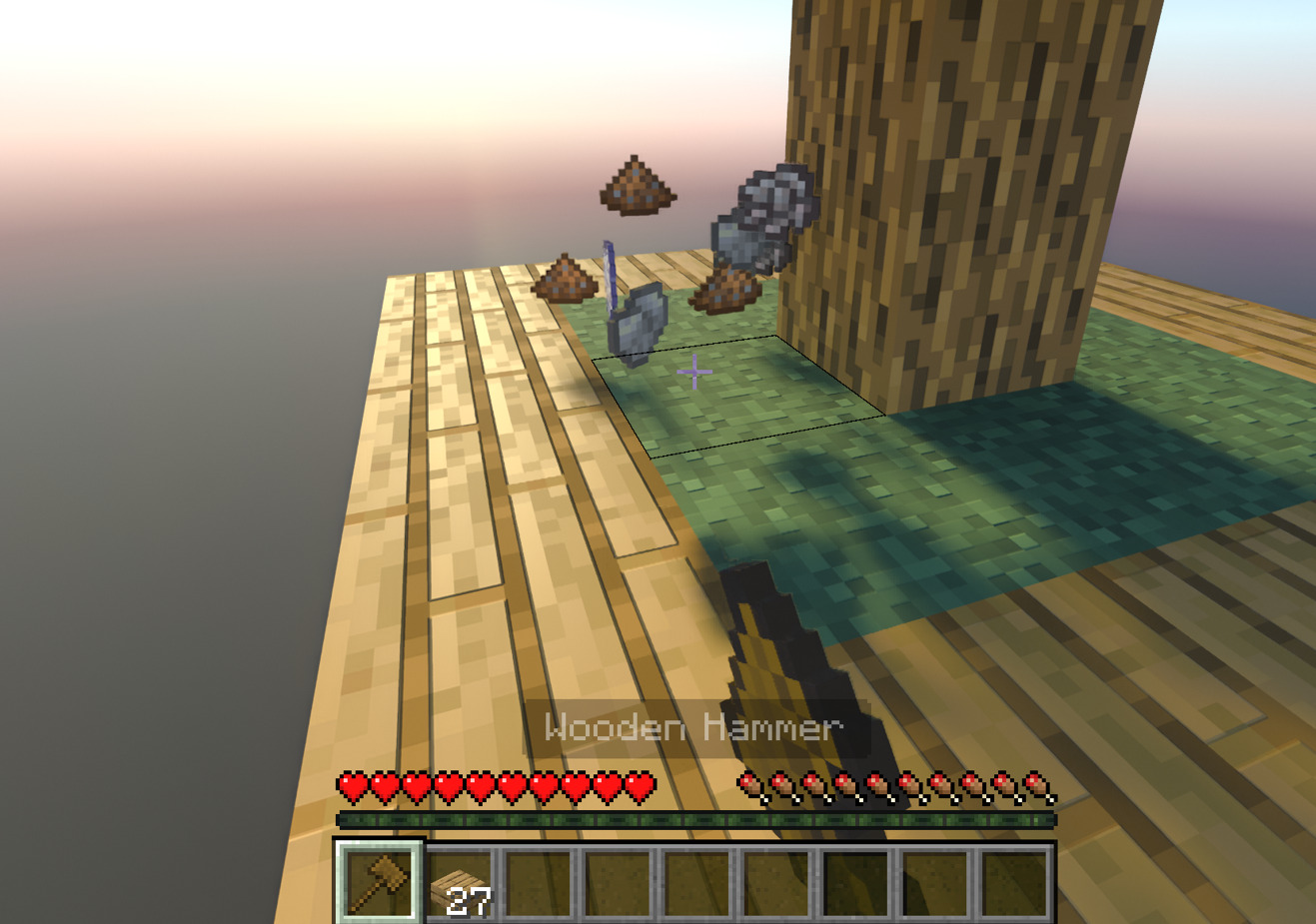
Before you can start gathering Pebbles, you’ll first need to craft the Wooden Hammer.
It’s made using simple materials from your first tree: planks, logs, and sticks.
This hammer will be one of your most useful tools early on.
Besides letting you collect Pebbles, it can also break blocks into smaller forms later in the game (Cobblestone → Gravel → Dirt → Sand), which will become essential for sieving.
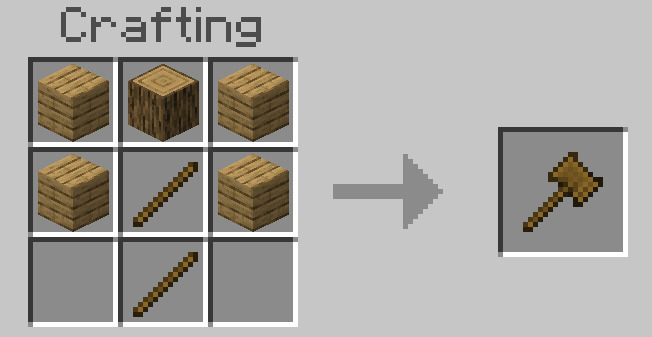
This is the recipe.
Remember to save at least one log from your first tree, since you’ll need it to craft the hammer and begin your first steps in UtilityCraft.
Crafting Essentials
With Cobblestone and Wood secured, it is time to craft your first important tools.
These will let you gather string and begin filtering blocks for valuable resources.
Flint Knife
The Flint Knife is one of the first special tools you will need.
By using it on Leaves, you can collect Plant Fibers, which can then be crafted into String.
String is essential for your first meshes and later for more advanced recipes.
If you don’t have Flint, remember you can craft it by combining 3 Gravel.
This makes the Flint Knife accessible very early, even before exploring caves.
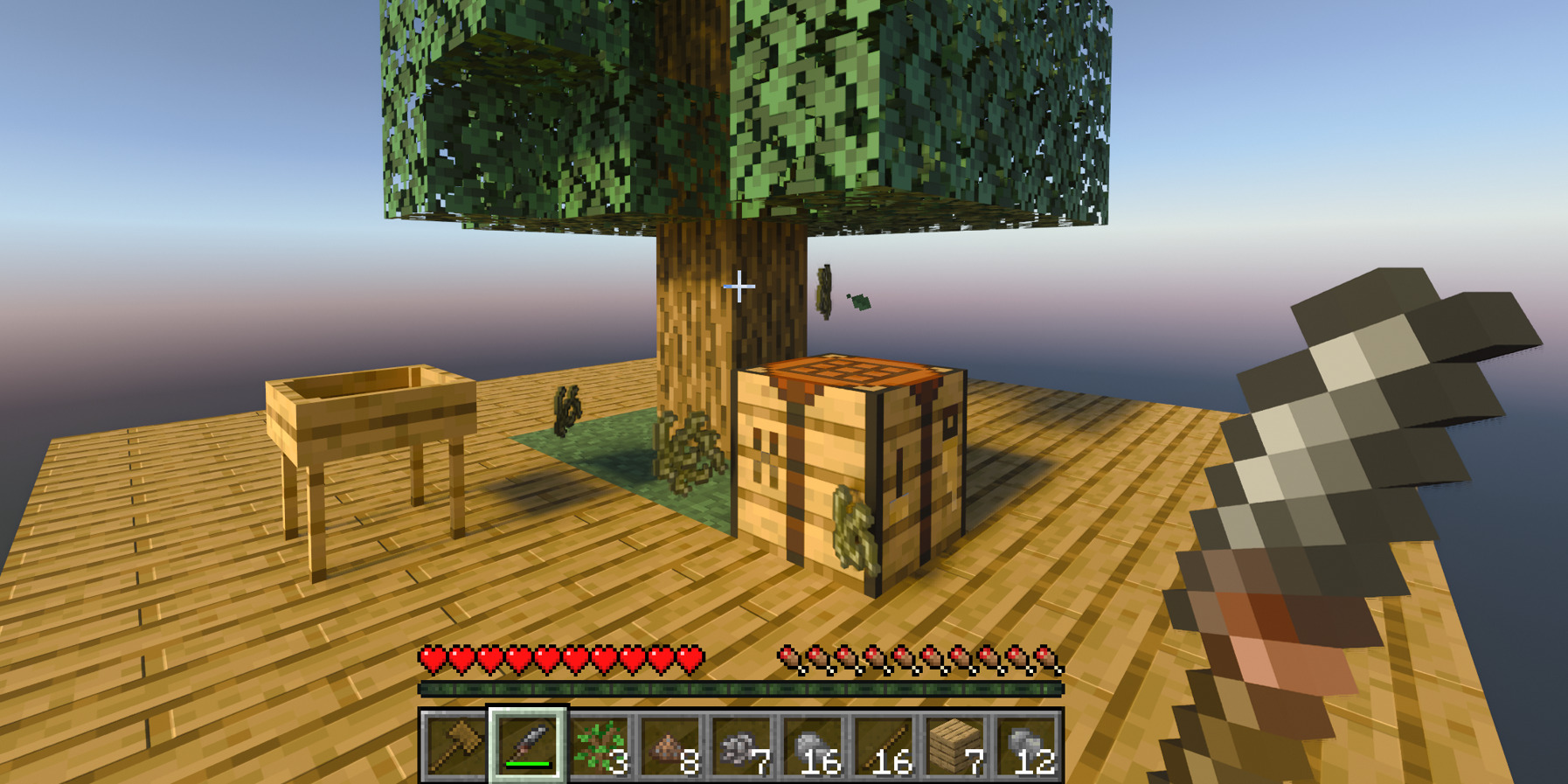
Once you start cutting leaves, you will gather Plant Fibers.
These can be crafted directly into String, which is one of the most important ingredients in UtilityCraft.
Without String you won’t be able to make your first Mesh, and therefore your Sieve will remain useless.
Crafting Recipes
Sieve
Once you have String, the next step is to craft a Sieve.
The Sieve will allow you to filter blocks like Gravel, Dirt, or Sand into useful resources, such as ores, seeds, and rare drops.
At this stage, it becomes one of your most valuable tools for progression.
To keep wood production steady, you can use Bone Meal on Saplings, helping you farm planks faster and maintain a supply for crafting.
The Sieve requires a Mesh to work. Start with the String Mesh, then upgrade later into stronger meshes that improve drop chances.
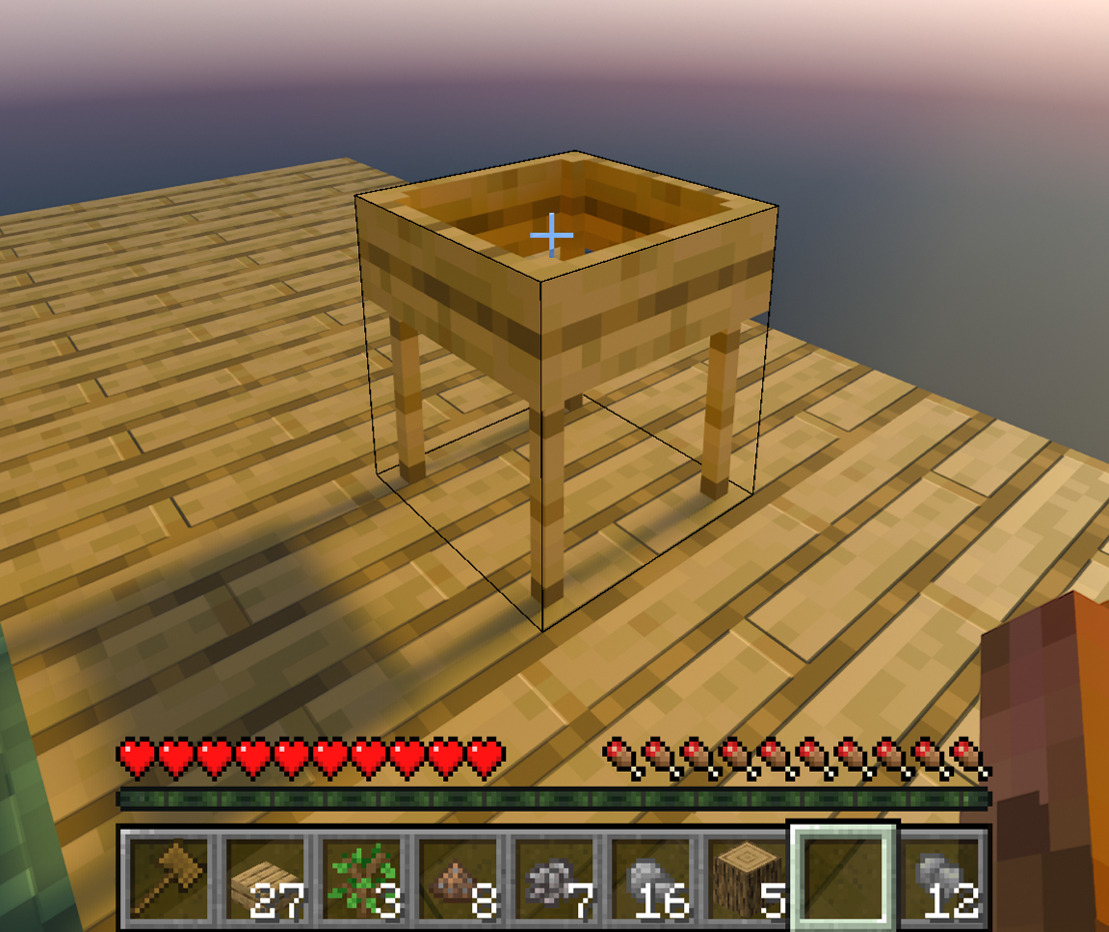
Early Resources
Your Sieve will not work on its own — it needs a Mesh.
The very first one you can make is the String Mesh, crafted with sticks and string.
This will be the key to turning ordinary blocks into valuable early-game resources.
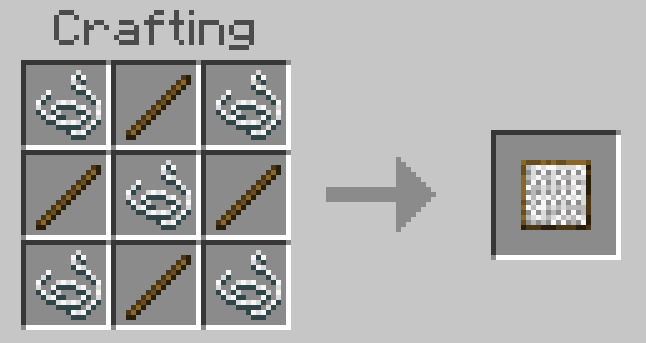
Once crafted, simply place the mesh into the Sieve by interacting with it.
From this point, you can start filtering blocks like Gravel, Dirt, and Sand to extract ores, seeds, and other drops that will fuel your progression.
Breaking Down Blocks
The Hammer plays a crucial role in this stage.
It allows you to reduce blocks step by step, each stage unlocking new possibilities for sieving:
- Cobblestone → Gravel
- Gravel → Dirt
- Dirt → Sand
This chain means you can recycle almost anything back into useful resources.
By combining Hammering with Sieving, even the most basic blocks become a renewable source of progression.
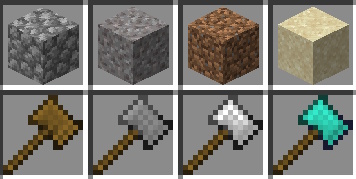
Sieving for Resources
Now that your Sieve has a String Mesh, try placing Gravel inside.
This will begin producing small amounts of Coal, Iron pieces, and other basic drops.
As you advance, upgrading to stronger meshes will improve the drop chances and unlock rarer materials.
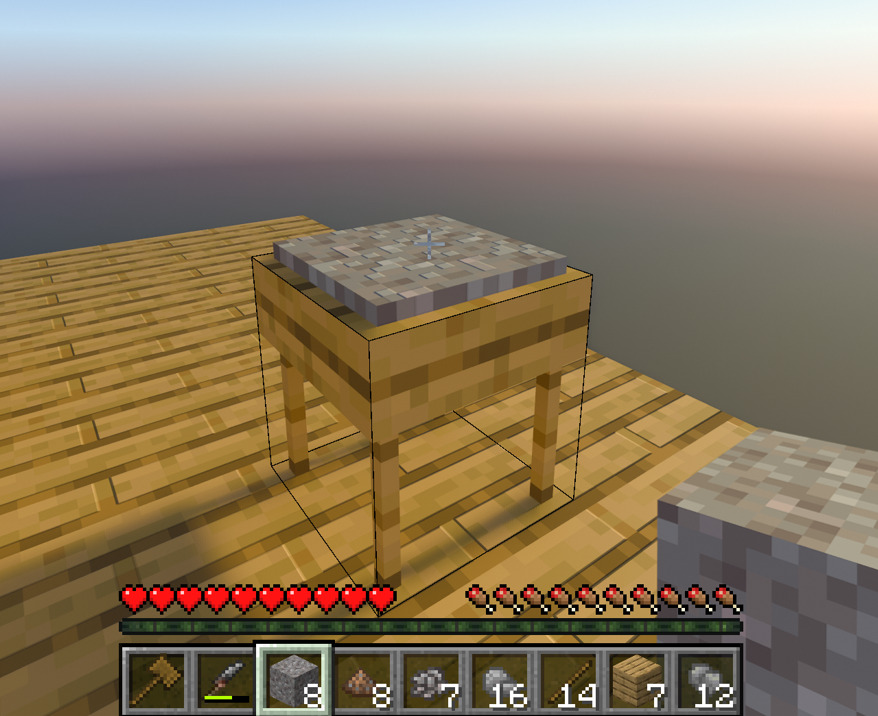
At this point, you now have the basic loop of Hammer → Sieve → Resources.
This is the foundation of UtilityCraft’s progression: turning simple blocks into the materials that will eventually lead you to automation and machines.
At this stage of your journey, you should already have the basics in place:
- A Wooden or Stone Hammer for breaking blocks down
- A Flint Knife to turn leaves into string
- A Sieve equipped with your first String Mesh
With these tools, you now have steady access to String, Gravel, Dirt, and Sand, and you’ve learned how to sieve them for your very first ores, seeds, and useful drops.
This marks the foundation of UtilityCraft’s progression: turning simple blocks into a growing supply of resources.
From here, you’re ready to take the next step — expanding your production and unlocking new ways to automate survival.
